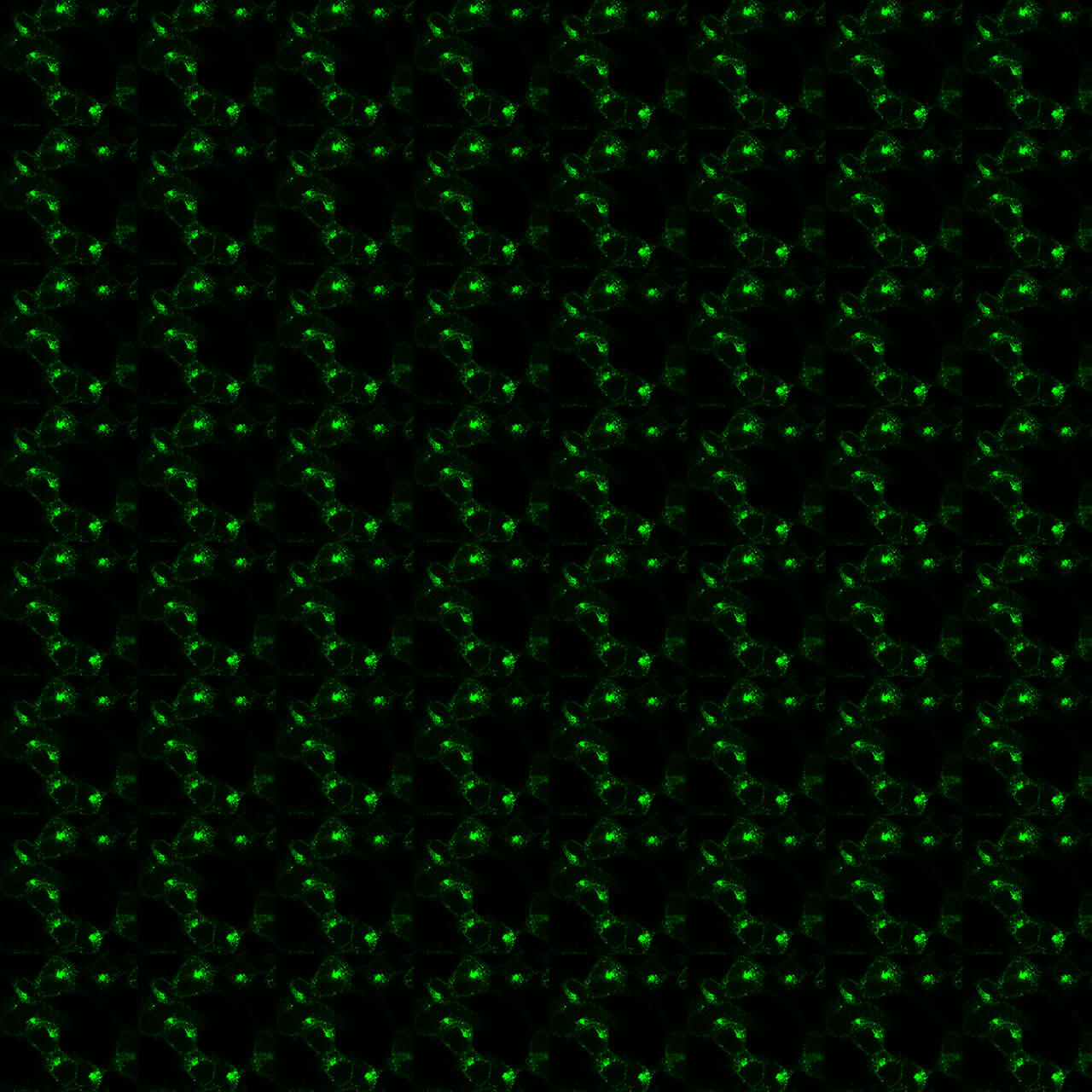No results were found for the filter!
NEW
 SUCNR1/GPR91 (IHC-grade), Succinate Receptor...
SUCNR1/GPR91 (IHC-grade), Succinate Receptor... The SUCNR1 receptor antibody is directed against the distal end of the carboxyl-terminal tail of human SUCNR1. It can be used to detect total SUCNR1 receptors in Western blots independent of phosphorylation. The SUCNR1 antibody can also...
375.00 € *
NEW
 SUCNR1/GPR91 (GP-non-phospho), Succinate...
SUCNR1/GPR91 (GP-non-phospho), Succinate... The non-phospho-SUCNR1 receptor antibody is directed against the distal end of the carboxyl-terminal tail of human SUCNR1. It can be used to detect total SUCNR1 receptors in Western blots independent of phosphorylation. The SUCNR1...
375.00 € *
NEW
 SUCNR1/GPR91 (non-phospho), Succinate Receptor...
SUCNR1/GPR91 (non-phospho), Succinate Receptor... The non-phospho-SUCNR1 receptor antibody is directed against the distal end of the carboxyl-terminal tail of human SUCNR1. It can be used to detect total SUCNR1 receptors in Western blots independent of phosphorylation. The SUCNR1...
375.00 € *
Recently viewed

